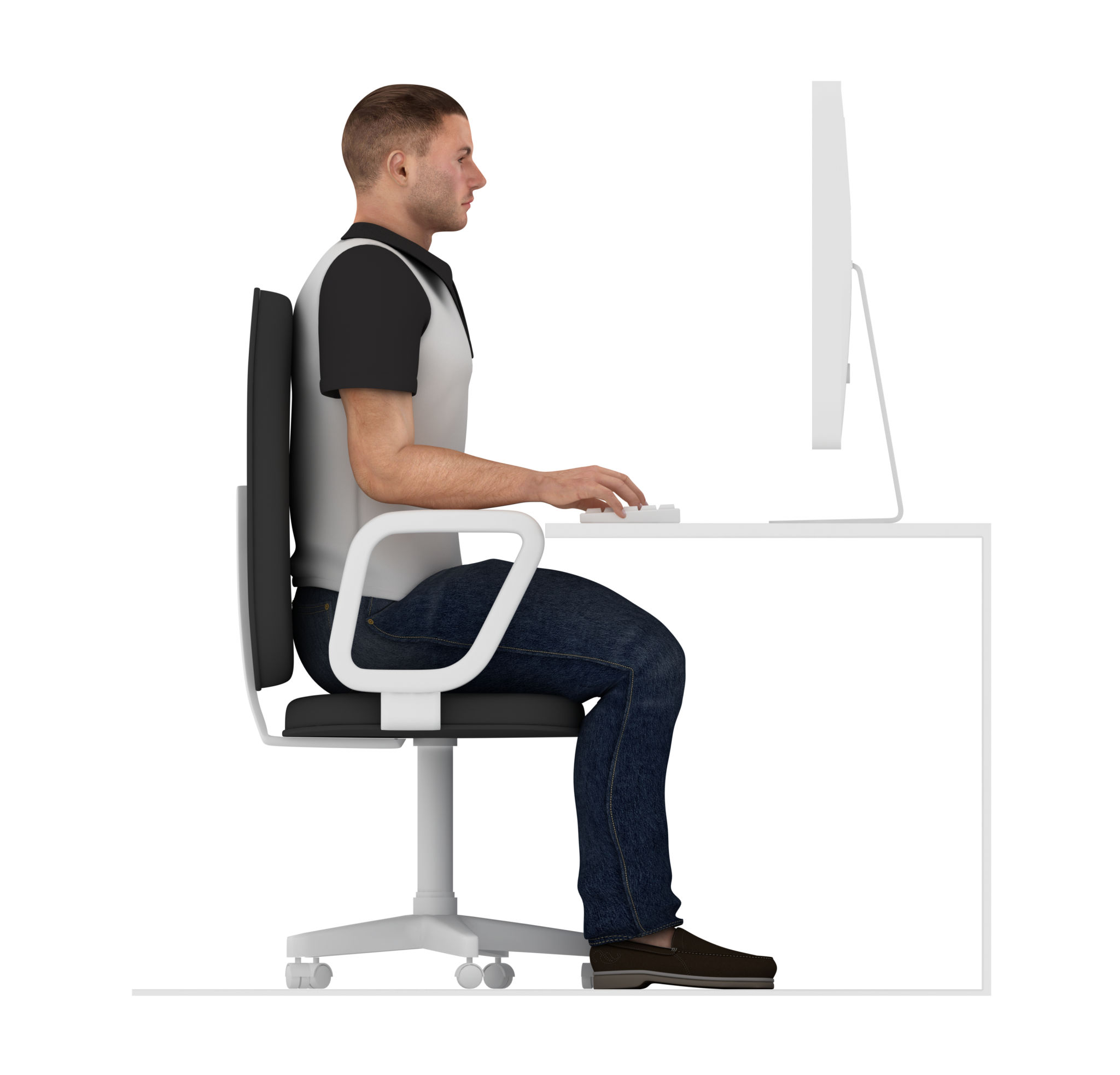DIY Ergonomic Improvements for Your Home Office
Creating a Comfortable Workspace
In today's world, working from home has become more prevalent than ever. However, many of us overlook the importance of having an ergonomic setup in our home offices. An ergonomically optimized workspace not only enhances comfort but also boosts productivity and reduces the risk of physical strain. Let's explore some DIY ergonomic improvements you can make to transform your home office into a comfortable and efficient workspace.

Adjusting Your Chair and Desk
The foundation of an ergonomic home office begins with the correct setup of your chair and desk. Ensure that your chair provides adequate lumbar support and allows your feet to rest flat on the floor. If your chair is not adjustable, consider using a cushion or lumbar roll for additional support. Your desk should be at a height where your elbows are at a 90-degree angle when typing.
Here are a few tips to achieve the right setup:
- Chair height: Adjust or modify your chair so that your thighs are parallel to the floor.
- Desk height: Use risers or blocks under desk legs if it's too low, or adjust the chair height if it's too high.
- Screen position: Place your monitor at eye level to avoid neck strain.

Optimizing Monitor and Keyboard Placement
The placement of your monitor and keyboard plays a crucial role in maintaining good posture. Your monitor should be directly in front of you, about an arm's length away. The top of the screen should be at or slightly below eye level. If you're using a laptop, consider purchasing a laptop stand or using a stack of books to elevate it.
Your keyboard and mouse should be positioned so that your wrists remain straight and your hands are at or below elbow level. An ergonomic keyboard or mouse may also be beneficial if you find yourself experiencing discomfort during long work sessions.
Lighting and Ambiance
Proper lighting is another essential component of an ergonomic workspace. Insufficient lighting can lead to eye strain and fatigue, so it's important to have ample natural light or well-placed artificial lighting. Position your desk near a window if possible, but avoid glare on your screen by adjusting blinds or curtains as needed.
In addition to lighting, the overall ambiance of your workspace can impact your productivity and well-being. Keep your workspace organized and clutter-free, and consider adding some plants or artwork for a touch of inspiration.

Taking Regular Breaks
No matter how perfect your ergonomic setup is, sitting for prolonged periods can still take a toll on your body. It's important to take regular breaks to stretch and move around. Implementing techniques such as the Pomodoro Technique can help you manage work intervals effectively. Remember to stand up, walk around, or perform simple stretching exercises every 30 minutes.
DIY Ergonomic Accessories
If you're looking for budget-friendly ways to enhance your home office ergonomics, consider some DIY solutions. For example, you can create a homemade footrest using a sturdy box or stack of books. Additionally, you can make a simple wrist rest using rolled-up towels or foam padding.
These small adjustments can make a significant difference in your overall comfort and productivity without breaking the bank.

Conclusion
Improving the ergonomics of your home office doesn't have to be complicated or expensive. By making a few thoughtful adjustments and incorporating DIY solutions, you can create a workspace that supports your health and enhances your work performance. Remember that comfort is key, and a well-designed home office can lead to greater productivity and overall satisfaction in your work-from-home experience.
